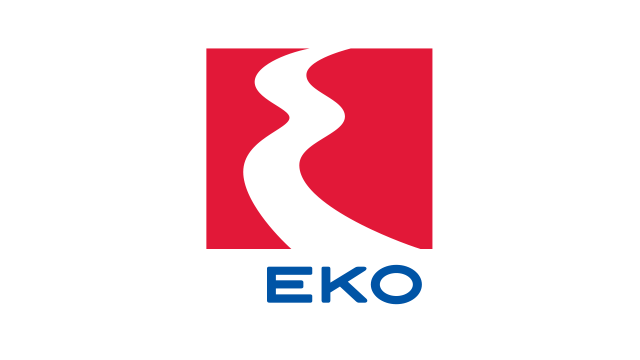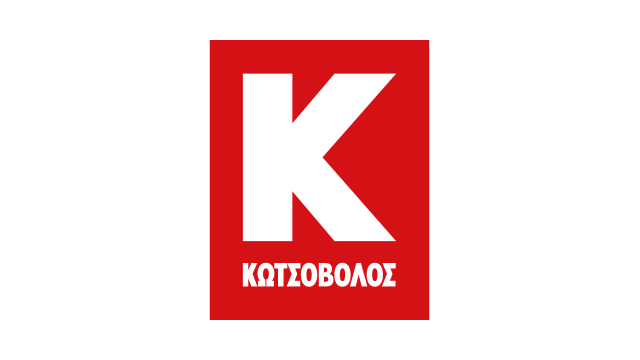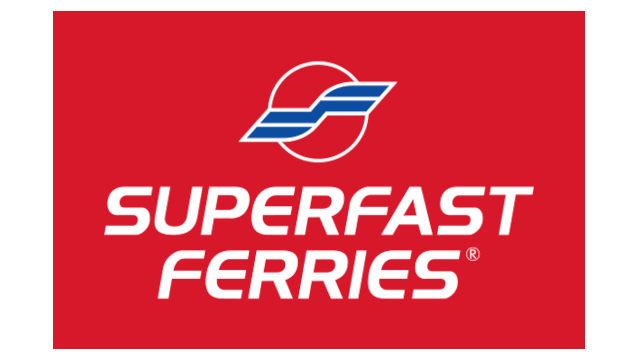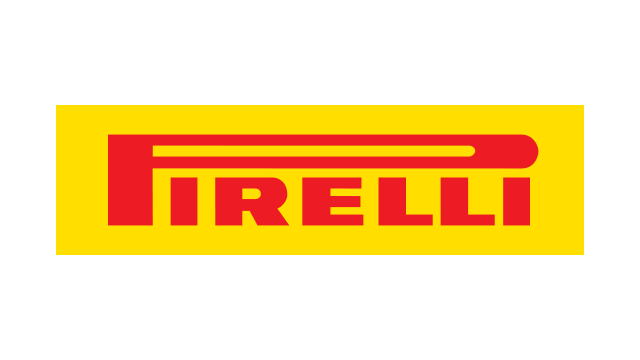WRC A-Z
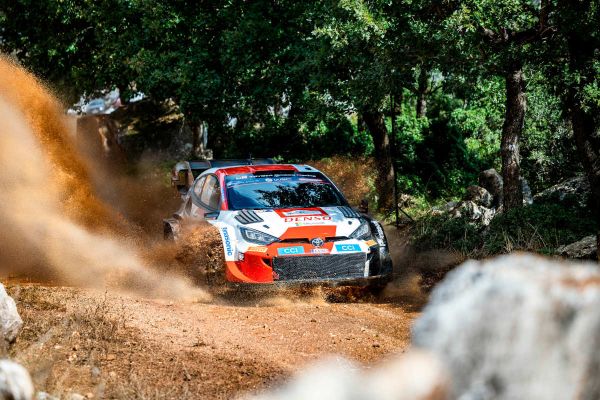
Every sport has its own jargon and the World Rally Championship is no exception. If you’re baffled by rallyspeak, check out this glossary.
Aerodynamics
WRC cars have spoilers, splitters and other shaped panels on the bodywork to direct cool air around the engine, gearbox and brakes and help keep the car firmly on the road – or flying level – at high speed.
ALS
Anti-Lag System, which keeps a car’s turbocharger spinning to ensure there is always turbo boost.
Ceremonial start
Usually held on a Thursday evening when crews drive onto a podium, greet the fans and give a short interview before making way for the next car. Ceremonial starts often take place against spectacular backdrops or in the centre of the host city.
Co-driver
The navigator in the passenger seat who gives a running commentary through an intercom to the driver about directional changes and road conditions ahead.
Driver Safety
The crew sits inside a super-strong protective cell surrounded by a roll cage. They strap themselves in with six-point wide-strap safety belts, similar to those used in military fighter planes. The car also features side-impact protection and has an automatic fire extinguisher system and the crew wear flameproof overalls and underwear, safety helmets and a head and neck support system (see HANS device).
FIA
The Fédération Internationale de l’Automobile, the Paris-based governing body for worldwide motorsport which regulates and controls the World Rally Championship.
Flying Finish
The end of a stage where the timing stops.
Gravel Crews
On asphalt rallies, priority drivers are supported by a safety crew which passes through the stages in advance of the competitors to report back on weather and surface condition, which may have changed following reconnaissance.
Junior WRC
The WRC’s young talent series, formerly called the WRC Academy.
Road Book
A set of instructions and route maps issued to each crew by rally organisers.
Road SectionSometimes called a liaison section, this is the public road which links the special stages, service points and parc fermé. Drivers must obey all applicable traffic laws on road sections.
Roll Cage
A structure of high carbon steel tubes welded inside the passenger compartment designed to keep the driver and co-driver safe in an impact or roll-over.
Running Order
The order in which competitors tackle the stages. The running order (also called the start order) for the opening day is determined by the drivers’ championship standings, with the leader going first. On the following days, crews tackle the stages in the rally classification reversed – with the leader going last. This seeding applies to Priority 1 and 2 drivers only. Priority 1 cars that retire and restart the next day run before all the P1 and P2 crews.
Service
There are usually three service periods during a WRC day – 15 minutes in the morning, 30 minutes at lunchtime and 45 minutes in the evening. Teams can perform repairs or modifications to cars during these periods, and select their tyre choice for the following loop of stages.
Special Stages
The competitive sections of the rally, also called special stages, where drivers and co-drivers drive as fast as they can to complete the section in the shortest time possible.
Stewards
The three-strong panel of officials who ensure the smooth running of each WRC event. The Chairman and one member are appointed by the FIA and must be of a different nationality from that of the organising country. The third member is appointed by the ASN of the country organising the rally. Stewards have the power to make changes to events and apply penalties if rules are broken. Bulletins and decisions of the Stewards are posted on an official noticeboard at every rally.
Stop Control
A point 100-300 metres past the flying finish where the car must stop to have its time recorded.
Super-Special Stage (SSS)
A stage – often set up in a sports stadium – with two parallel tracks that enable two drivers to race each other. Super-special stages are also run in city centre locations.
Target Time
The official time allowed for a WRC car to complete a non-competitive road section. Time penalties are applied if competitors check-in earlier or later than their target time.
Time
Card Carried by the co-driver, the time card is a record of stage times and time control arrival times throughout the rally. The card is stamped by officials as the rally progresses and provides proof of a competitor’s whereabouts in case of a dispute.
Time Penalty
Rally crews are penalised 10 seconds for every minute the car is late to a time control – for instance a stage start, service-in control, service-out control. Checking-in early to a time control carries a stiffer penalty of one minute for every minute early.
WRC Promoter
WRC Promoter GmbH is a joint company of Red Bull Media House and KW25. It is responsible for all commercial aspects of the FIA World Rally Championship, including broadcast formats, TV production and the marketing of global media and sponsorship rights. WRC Promoter also has responsibility to increase the field of participants and to propose the venues that form the FIA WRC calendar.
Yellow flag
An emergency warning system used by organisers to instruct competitors to immediately reduce speed. The flags may be waved on stage by marshals at radio points (situated at approximately 5 km intervals). Additionally, a yellow flag LED light situated on the FIA Emergency Console in every competing car will flash and an alarm will sound in the cockpit. Crews must confirm acknowledgement of the electronic Yellow Flag by pressing the OK button as soon as they see it and must immediately reduce speed and maintain this until the stage end. A crew which has been shown the yellow flag will be given a notional time for the stage.
Zero Car
A course car driven through a stage before the competitors start to alert spectators that the section is live. The zero car is preceded by the triple zero and double zero cars.





